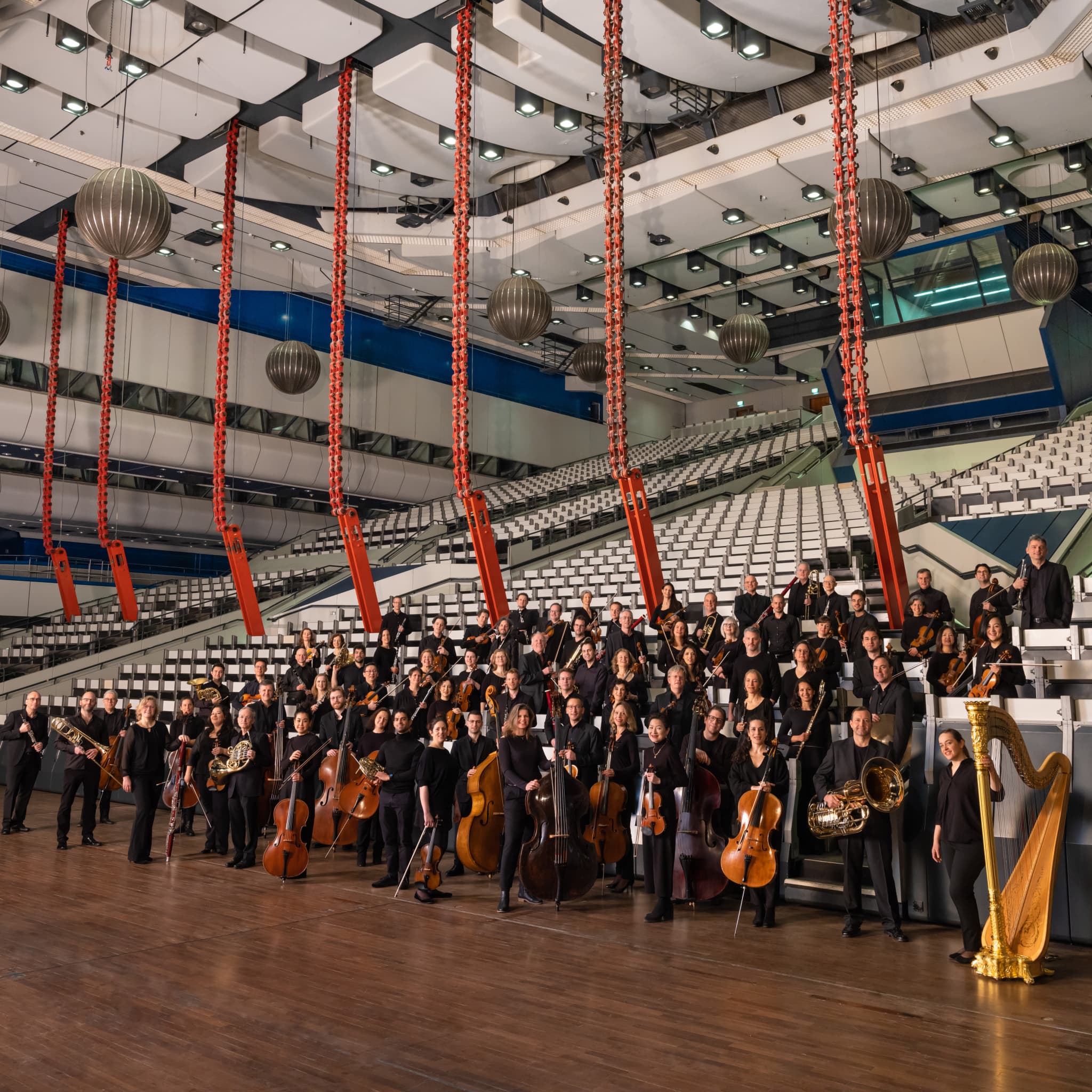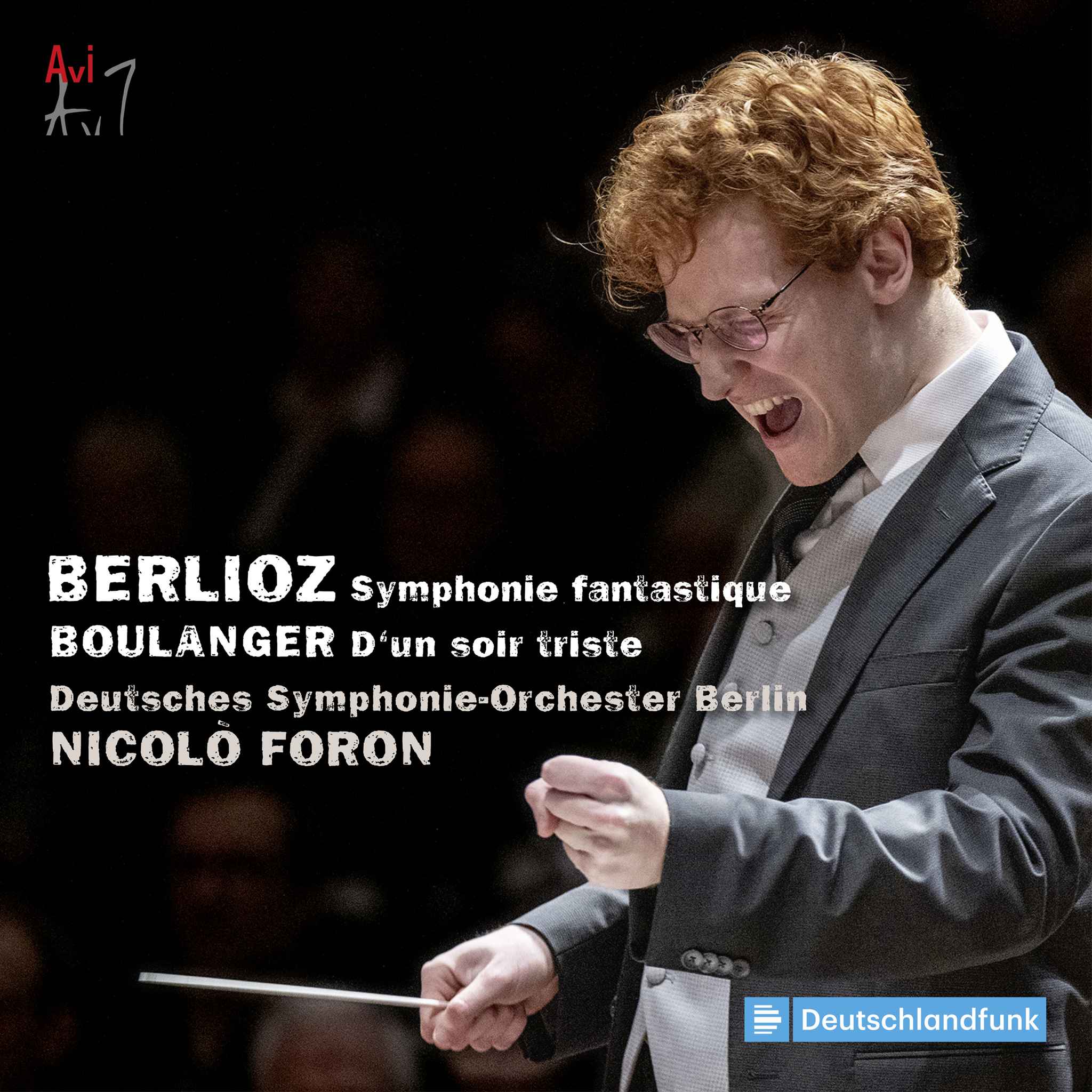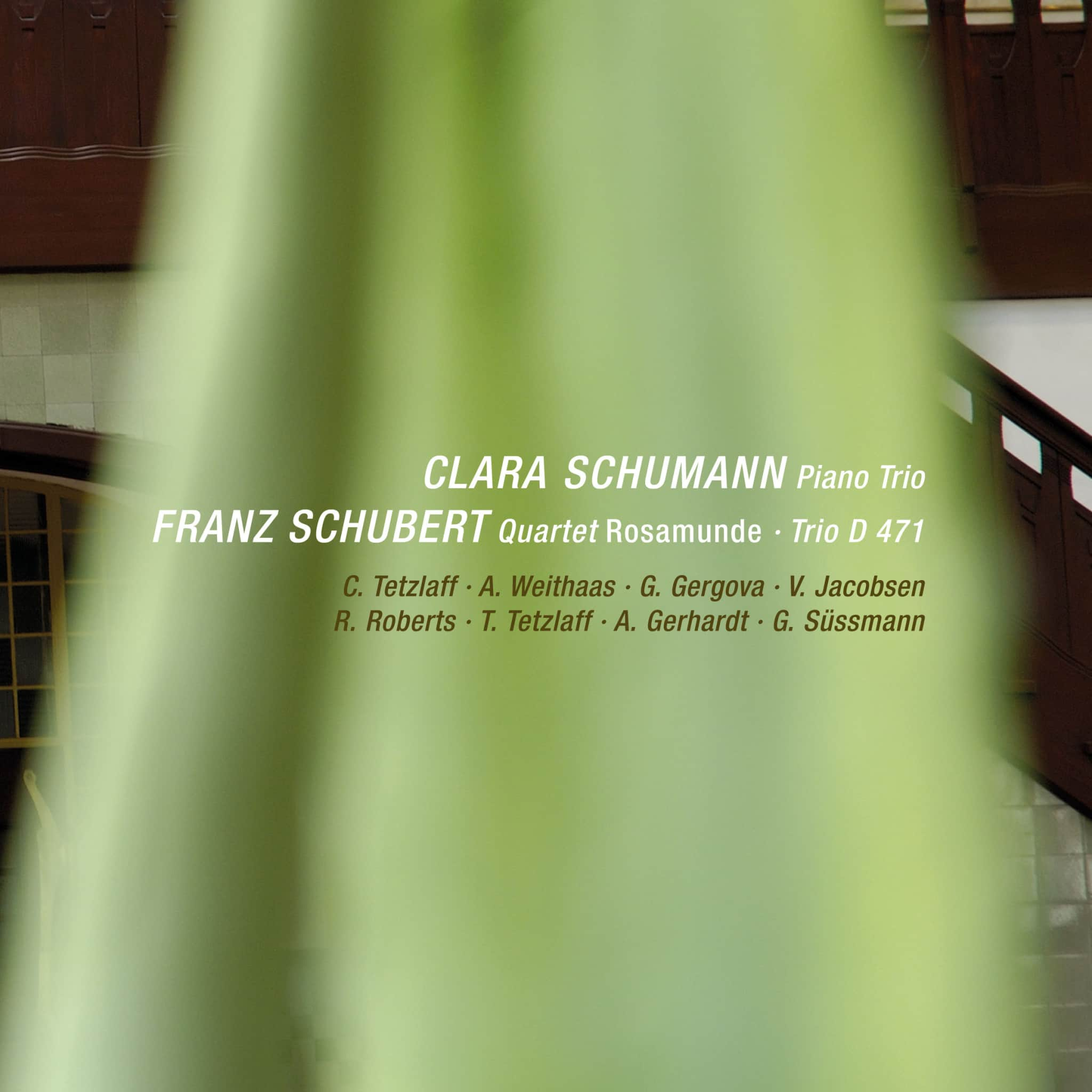Album insights
In October 1772, the English traveler, chronicler, and music historian Charles Burney arrived in Hamburg. Upon his arrival, Carl Philipp Emanuel Bach remarked that Burney should have come fifty years earlier, hinting at a bygone golden age. This earlier period was marked by a vibrant music scene centered around Georg Philipp Telemann, who revitalized the city's music life through various compositions. Telemann's influence extended to public concerts and operatic works that refreshed Hamburg's musical landscape, earning him acclaim as one of the era's great composers.
Telemann's innovative approach wasn't limited to public venues; he also composed extensively for amateur musicians, nurturing music appreciation in private settings. Operating a self-publishing venture, Telemann emphasized both professional and popular compositions. Notably, between 1732 and 1736, he crafted four cycles of solo fantasies catering to amateur musicians. These works balanced technical demand with melodic appeal, reflecting Telemann's adaptability to evolving musical tastes.
One prime example is Fantasy No. 1 in B-flat major, which skillfully blends improvisatory elements with structured fugues and expressive themes. Telemann's Fantasies showcase a range of moods and styles, adeptly exploiting the capabilities of various instruments. These compositions uniquely engage with both traditional and emerging musical idioms, offering listeners a blend of complexity and accessibility.
Throughout the collection, Telemann weaves together diverse influences, from baroque dance forms to galant expressions, revealing his mastery in composing for individuals of varying skill levels. Each Fantasy presents a journey through contrasting tonalities and rhythmic patterns, culminating in a vibrant musical tapestry. Telemann's ability to navigate between intricate contrapuntal passages and simpler, more melodic sections underscores his versatility as a composer.
In Fantasy No. 12, Telemann reaches a pinnacle, employing rich harmonies and expansive tonal ranges. The blend of French overture stylings and the introspective a minor key in the opening Moderato sets a weighty tone, gradually building towards a triumphant conclusion in A major. This final composition encapsulates the essence of Telemann's Fantasies, offering a grand finale infused with musical brilliance and emotional depth.














